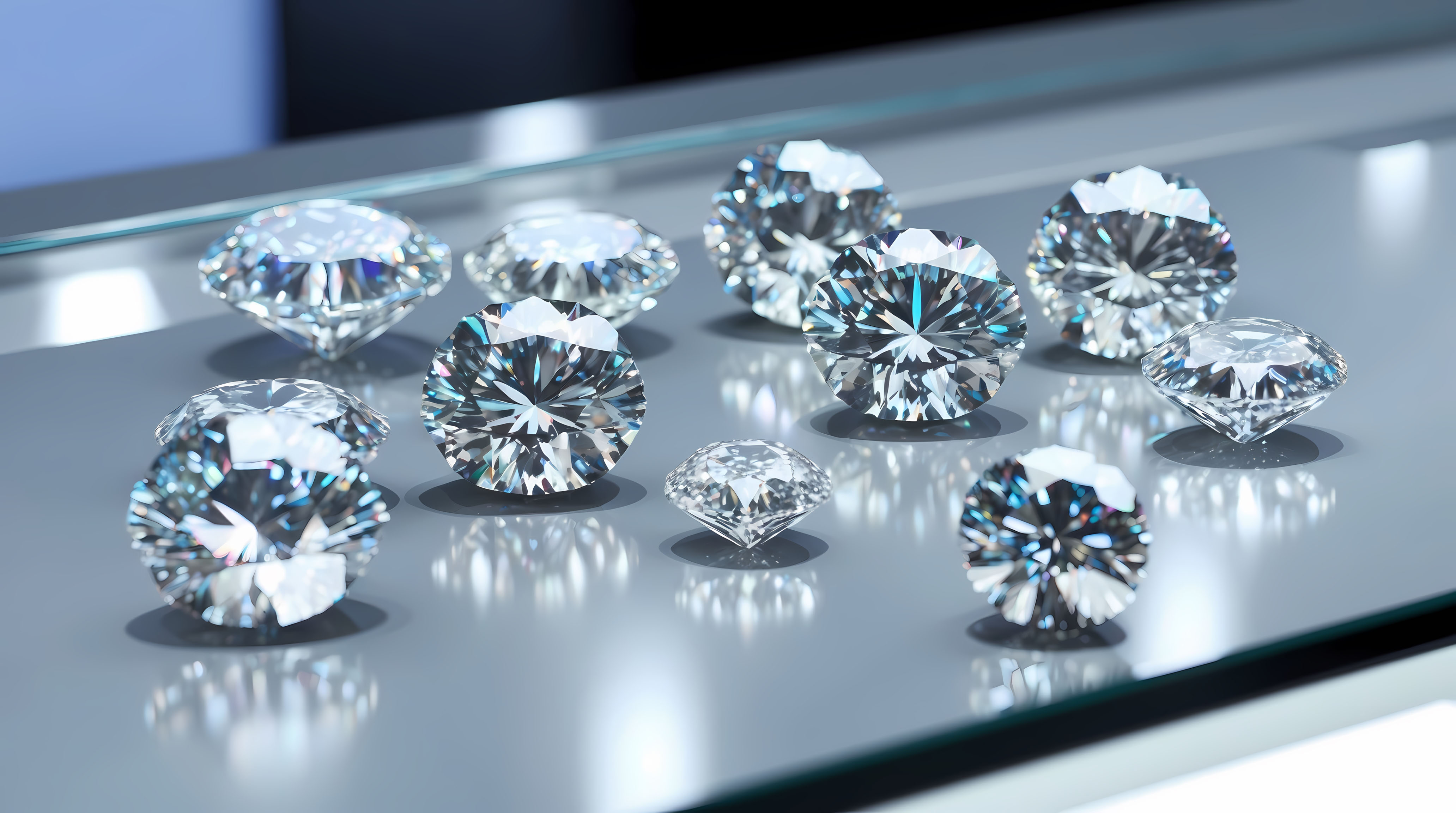A Buyer’s Guide to Choosing the Perfect Diamond

Buying a diamond is more than just selecting the biggest or most expensive one—it’s about finding a stone that suits your style, needs, and budget. While many guides focus on the 4Cs (cut, color, clarity, and carat weight), there are other key factors to consider when making an informed purchase.
1. Understanding Fluorescence and Its Effect on Appearance
Fluorescence refers to how a diamond reacts to ultraviolet (UV) light. Some diamonds glow blue under UV exposure, which can either enhance or diminish their appearance depending on the intensity. In some cases, medium to strong fluorescence can make a slightly tinted diamond appear whiter, offering better value. However, for high-color diamonds (D-F), strong fluorescence might make them look hazy.
2. The Importance of Diamond Proportions
While cut is widely discussed, the actual proportions of a diamond—such as depth, table percentage, and crown angles—impact its brilliance and fire. Even if a diamond is graded as "Excellent" in cut, poorly balanced proportions can result in light leakage, reducing sparkle. Checking a diamond’s dimensions and its light performance through images or advanced reports can help ensure maximum brilliance.
3. Metal Choice and How It Affects Diamond Appearance
The type of metal setting you choose plays a big role in how your diamond looks:
-
White Gold & Platinum: Enhance the brightness of a near-colorless or colorless diamond.
-
Yellow Gold: Complements diamonds with a warm tint (J-K color range), making them appear less yellow.
-
Rose Gold: Works well with slightly lower-color diamonds and gives a vintage appeal.
Selecting the right metal can allow you to choose a slightly lower color grade while still achieving a stunning appearance.
4. Natural vs. Lab-Grown Diamonds
The debate between natural and lab-grown diamonds has become more relevant in recent years. Lab-grown diamonds are chemically identical to natural ones but cost significantly less. However, natural diamonds tend to hold value better over time. Trusted suppliers like Julius Klein Diamonds offer a wide selection of high-quality natural diamonds, ensuring buyers make an informed choice based on their needs. If budget is a priority, a lab-grown diamond can provide a larger size or higher quality for the same price as a smaller natural diamond.
5. Diamond Shape and Lifestyle Considerations
Beyond aesthetics, your lifestyle should influence your choice of diamond shape. If you live an active lifestyle or work with your hands, consider:
-
Round & Oval Diamonds: Less likely to chip due to their smooth edges.
-
Princess & Emerald Cuts: Sharp corners make them more vulnerable to damage.
-
Bezel Settings: Provide extra protection for any diamond shape.
Choosing the right combination of shape and setting ensures durability and long-term wearability.
6. Diamond Shopping: Online vs. In-Store
Buying a diamond online can offer more selection and better prices, but it requires careful research. Look for:
-
High-resolution images and videos to assess the diamond’s true appearance.
-
A reputable certification from GIA or AGS.
-
A strong return policy in case the diamond doesn’t meet expectations.
In contrast, in-store shopping allows you to see diamonds in person, but prices may be higher due to overhead costs. A hybrid approach—selecting options online, then viewing them in-store—can be the best strategy.
Selecting the ideal diamond involves more than just the 4Cs. Elements such as fluorescence, metal type, lifestyle needs, and purchase location all contribute to the decision. Understanding these factors helps ensure you choose a diamond that is both stunning and suited to your style and budget.
|